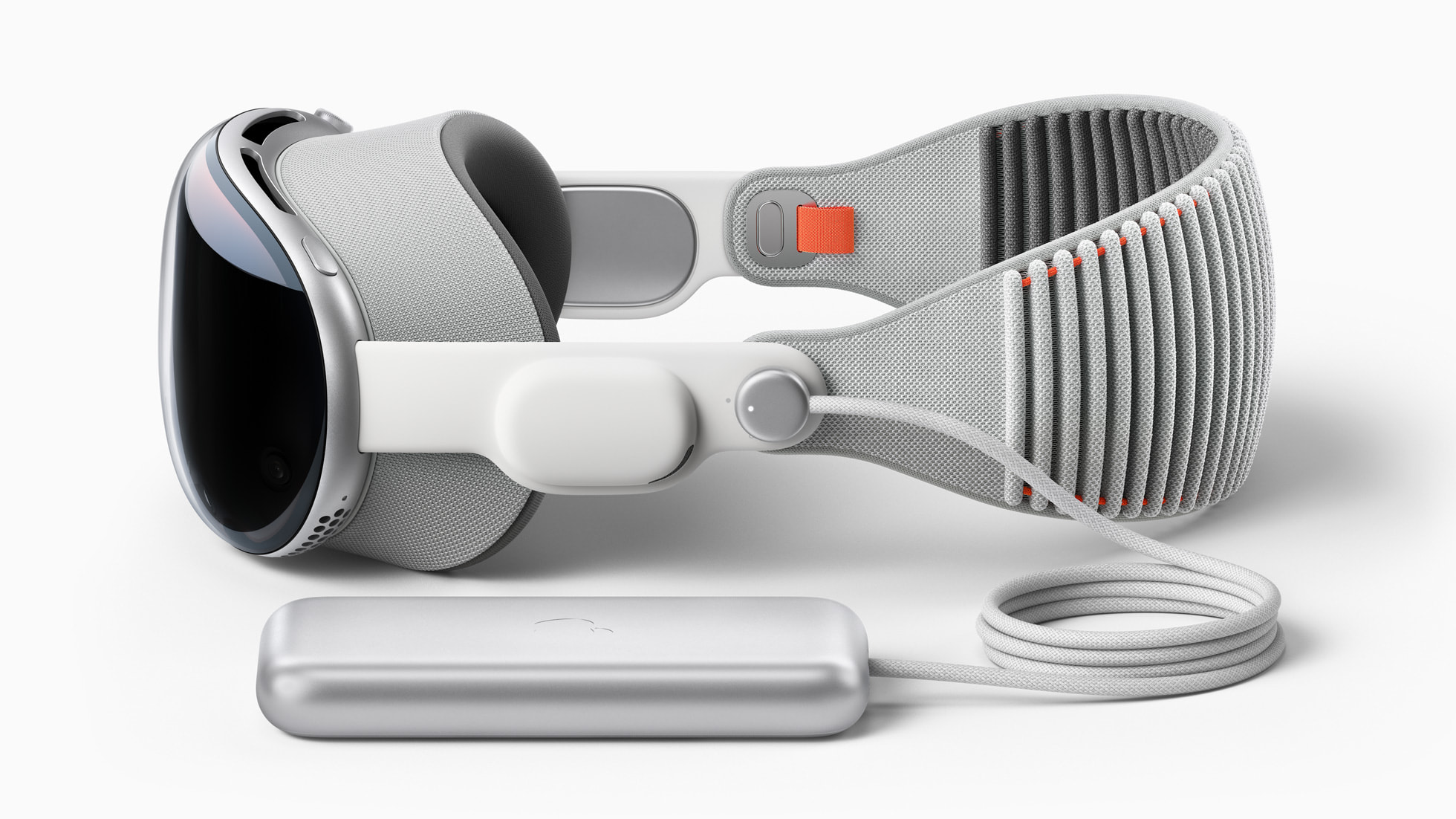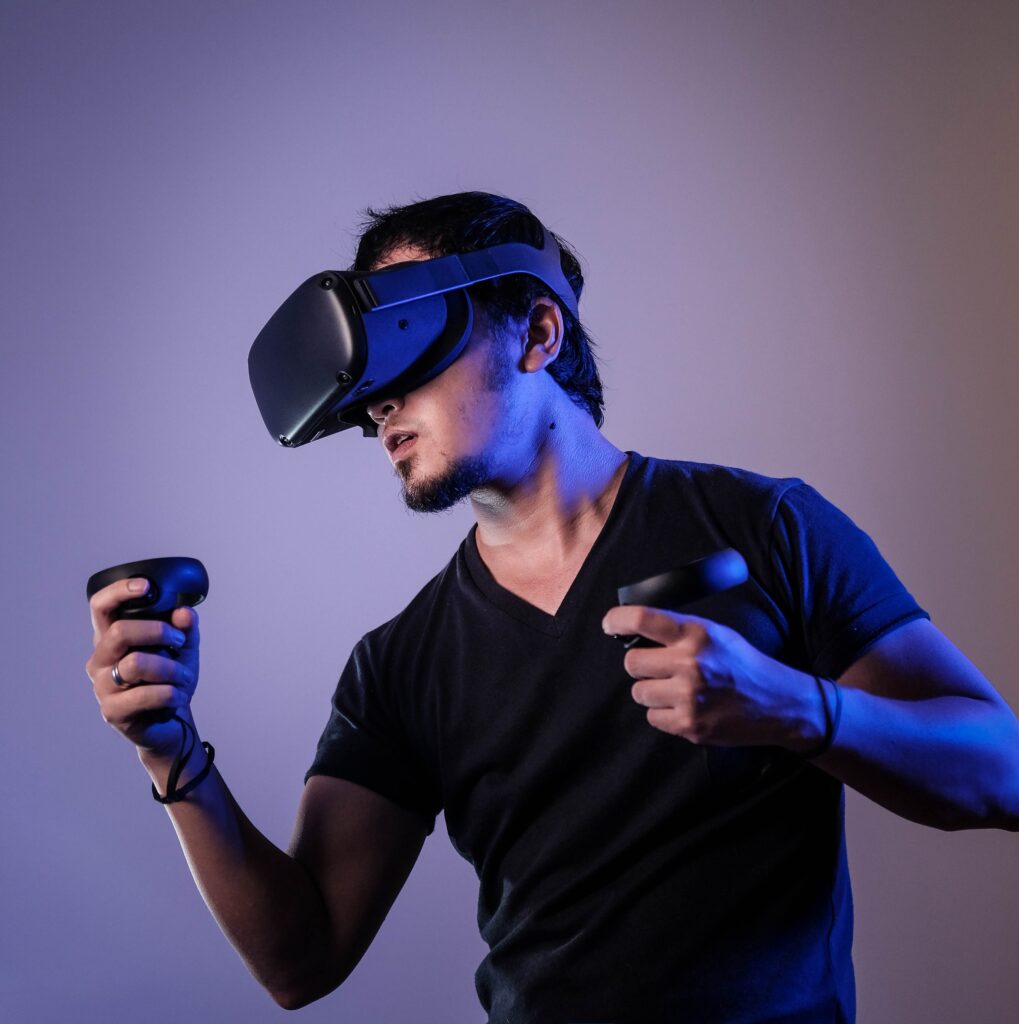
Apple recently introduced its first foray into spatial computing with the Vision Pro. This technological leap marks an exciting time for the tech industry, offering an entirely new way to interact with digital content. However, this innovation comes with a staggering price tag of $3,499, raising questions about whether it’s truly worth the cost.
While Apple has a reputation for setting high price points for their innovative products, the Vision Pro takes it to a new level. For comparison, a high-end MacBook Pro can be purchased for around the same price, or even less. A product at this cost point may not necessarily equate to its value. The key factors to consider include the device’s unique features, its performance, and the overall user experience.
Let’s dissect the Vision Pro and determine if its price tag is justifiable or if Apple is overstepping the line of affordability.
Unparalleled Technological Leap
The Vision Pro represents a significant leap in technology. It’s a compact wearable device that introduces a three-dimensional interface controlled by the user’s eyes, hands, and voice, featuring an ultra-high-resolution display system and the world’s first spatial operating system, visionOS. While these specifications seem impressive, they are also untested and unproven on a large scale.
The device’s display is said to pack 23 million pixels across two displays. However, without a tangible benchmark for spatial computing devices, it’s hard to justify such a high cost based on pixel density alone. Moreover, the potential need for additional accessories like ZEISS Optical Inserts for vision correction users may add to the cost.
The hardware and software integration required to build a standalone spatial computer are indeed remarkable, and they are likely to have led to significant research and development costs. However, these costs appear to have been passed directly onto the consumer.
User Experience and Privacy
The promise of an immersive and intuitive user experience is an enticing aspect of Vision Pro. Still, without a broad consumer base testing and affirming these experiences, it’s hard to equate such promises with a tangible value. With the introduction of visionOS, Apple is breaking into uncharted territory. The success of this new system will largely depend on how well developers can exploit its capabilities and how much users can benefit from the applications created.
Privacy and security are other selling points for Vision Pro. However, the novelty of systems like Optic ID raises questions about their robustness and reliability. The privacy features may indeed justify a certain price premium, but it remains uncertain if they warrant a price that exceeds that of many high-end laptops and smartphones combined.
The Market and Competition
The market for spatial computing is still in its infancy. It’s yet unclear how quickly consumers will embrace this new technology, considering both the high cost of entry and the necessary adjustments to their computing habits.
There is also the factor of competition. While Apple is among the first major tech companies to unveil a spatial computer, other companies are likely to follow suit with more affordable options. Although Apple has historically managed to command premium prices due to its strong brand and loyal customer base, this new venture may be a test of just how much its customers are willing to pay for innovation.
Summary
While there’s no doubt that the Apple Vision Pro represents a significant leap in personal computing technology, the question remains: is it overpriced? The answer is likely dependent on who you ask. For the tech-savvy early adopter with a high disposable income, the cost might be justified. For the average consumer, however, the high price tag could be a significant barrier.
The Vision Pro has potential. It could revolutionize how we interact with digital content and perhaps even redefine personal computing. But as of now, the price seems to be catering to a niche market, creating a significant accessibility barrier to this exciting technology. As spatial computing technology continues to evolve and more affordable alternatives likely emerge, Apple may need to reconsider its pricing strategy for the Vision Pro to capture a larger share of this burgeoning market.
